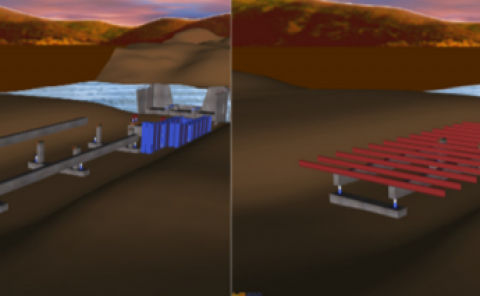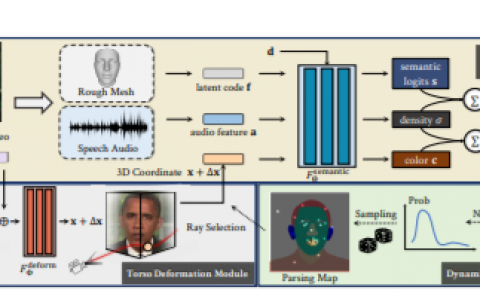Generic HRTFs may be good enough in Virtual Reality. Improving source localization through cross-modal plasticity
Teams: Microsoft
Writers: Christopher Berger Mar Gonzalez Franco Ana Tajadura-Jimenez Dinei Florencio Zhengyou Zhang
Publication date: January 2018
Abstract
Auditory spatial localization in humans is performed using a combination of interaural time differences, interaural level differences, as well as spectral cues provided by the geometry of the ear. To render spatialized sounds within a virtual reality (VR) headset, either individualized or generic Head Related Transfer Functions (HRTFs) are usually employed. The former require arduous calibrations, but enable accurate auditory source localization, which may lead to a heightened sense of presence within VR. The latter obviate the need for individualized calibrations, but result in less accurate auditory source localization. Previous research on auditory source localization in the real world suggests that our representation of acoustic space is highly plastic. In light of these findings, we investigated whether auditory source localization could be improved for users of generic HRTFs via cross-modal learning. The results show that pairing a dynamic auditory stimulus, with a spatio-temporally aligned visual counterpart, enabled users of generic HRTFs to improve subsequent auditory source localization. Exposure to the auditory stimulus alone or to asynchronous audiovisual stimuli did not improve auditory source localization. These findings have important implications for human perception as well as the development of VR systems as they indicate that generic HRTFs might be enough to enable good auditory source localization in VR.




